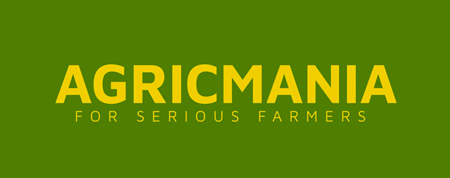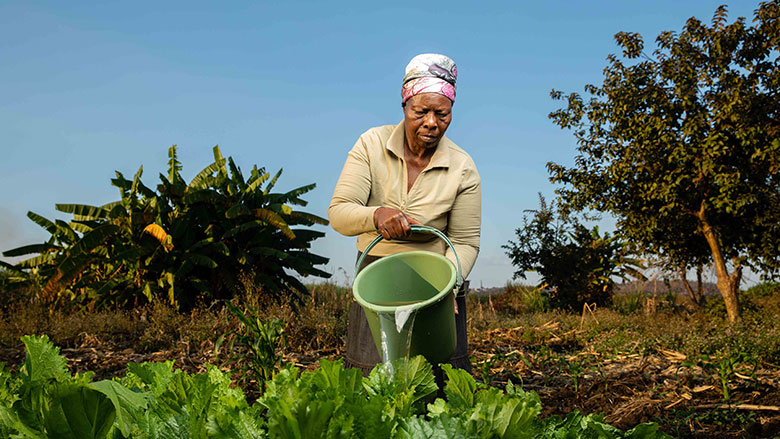HARARE – Future challenges to food security are likely as a result of climate change's continuing profound effects on agricultural production. Additionally, as some regions become climatically unsuited for farming, competition for land may increase. Extreme weather events linked to climate change may also cause abrupt drops in agricultural productivity, which would result in sharp price hikes.
Temperature increases of 1.5 to 5.0 degrees Celsius are anticipated by 2050. The COVID-19
pandemic, which was marked by lockdowns, travel restrictions, personnel shortages, and altered consumer buying patterns, exacerbated the food security situation. This caused a shock to the world's supply systems, clogging ports, higher cargo capacity costs, and an increase in the frequency of emergency shipments.
As a result, shipping prices, particularly from the major Asian ports to the United States and Europe, increased dramatically. For example, the TEU (twenty-foot equivalent unit) price rose from less than US$ 1000 in June 2020 to US$ 7,395 by the end of July 2021, according to the Shanghai Containerized Freight Index.
As of October last year, 77% of the biggest ports in the world had backlogs, according to Moody's. Additionally, turnaround times at major ports doubled, with the pre-COVID average value of the World Manufacturing PMI (Purchasing Manager's Index) for delivery times falling to roughly 35 in February 2020.
Delivery times improved in the second half of 2020 as society began to adapt to the new standard. But more COVID-19 variations have appeared, severely upsetting supply networks. When the Ukraine crisis struck, the world's supply networks had just begun to recover from the pandemic's two years of disruption.
The Food and Agriculture Organization of the United Nations estimates that more than 25% of the world's wheat trade, more than 60% of the world's sunflower oil, and 30% of the world's barley exports come from Russia and Ukraine. A significant global exporter of fertilizers is Russia.
Due to the two nations' current status as battlegrounds and trade sanctions imposed on Russia, the supply chain for agriculture continues to be interrupted, pushing up the cost of agricultural commodities. New supply chains are beginning to appear. These, though, seem to be more expensive. Zimbabwe uses rain-fed agriculture, hence its agricultural economy is highly dependent on the weather.
This was the situation during the 2021–2022 growing season, since insufficient precipitation led to less agricultural output. However, forecasts for the farming season in 2022–2023
indicate above-average rainfall, which may lead to higher production.
But hefty fertilizer costs combined with falling crop prices might put farmers off. In order to promote greater production, analysts think the government will keep putting farming cost-reduction programs into action. In the event that this occurs, we predict higher agricultural production and perhaps a decrease in the cost of cereal imports.



